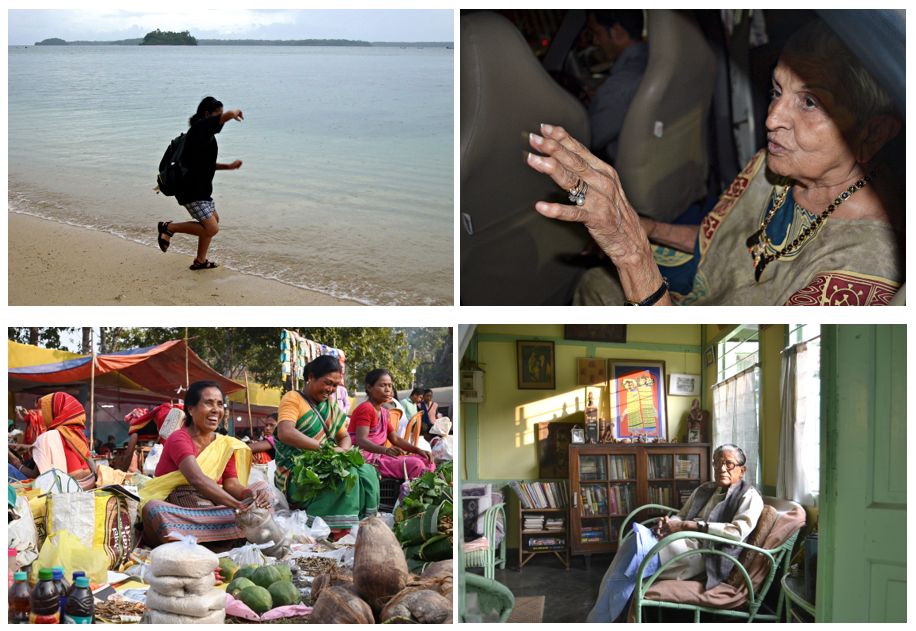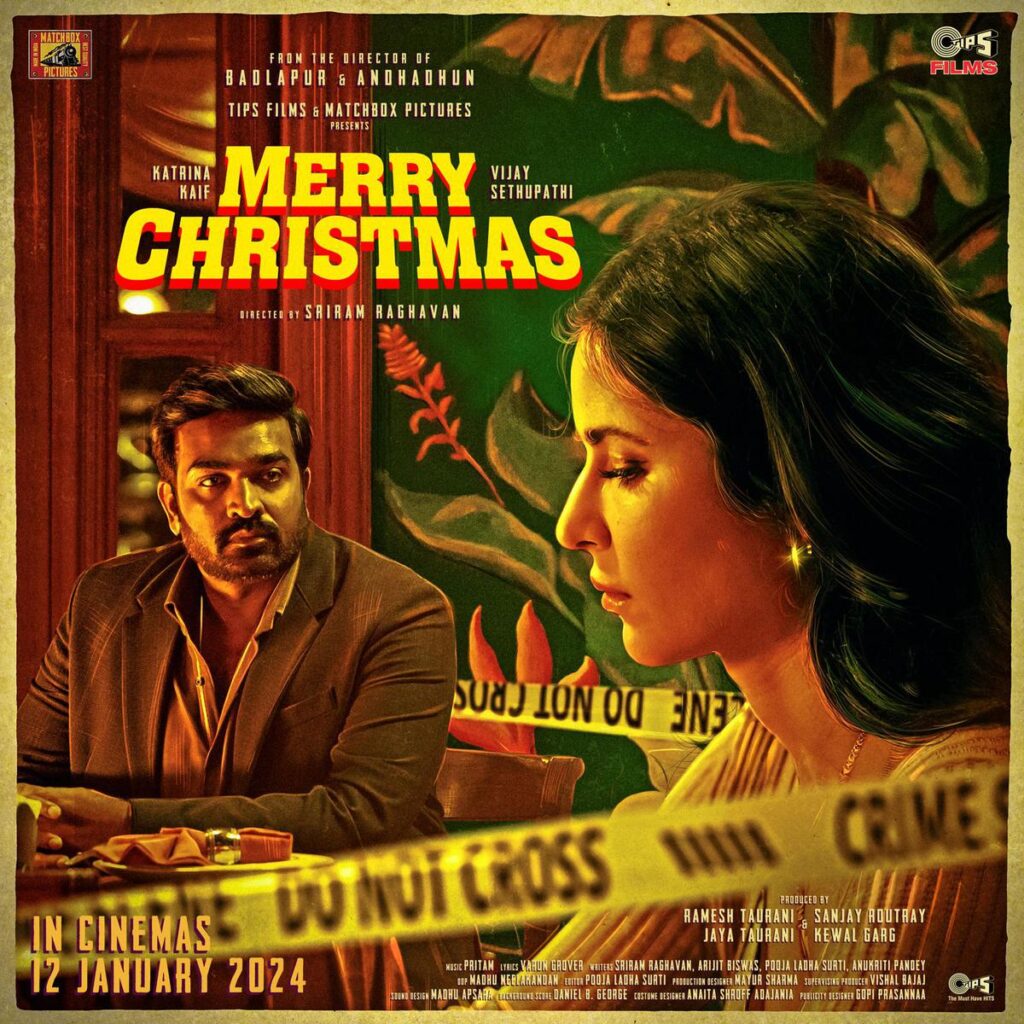Capturing Assamese Icons and Nature: A Mumbai Transplant’s Perspective through Utpal Datta’s Lens

I am new to Guwahati, and I am even newer to its arts scene. I came from Mumbai with a background at NCPA and Jehangir Art Gallery. So, I was pleasantly surprised when I visited a solo photography exhibition by the renowned film critic and author Mr. Utpal Datta of Guwahati. It featured faces and nature combined and intertwined to explore the relationship between humans—some prominent, some iconic, and some unknown—in their natural surroundings.
Utpal Datta, currently a Professor of Practice and Dean of Performing Arts at Assam down town University, Guwahati, has worked for All India Radio for a long time and is a man of many talents. His books ‘24 Frames’ and ‘Film Appreciation’ are well-known in film studies. He has also received a special jury mention for his writings in the National Film award. Utpal Datta is creative, and his creations do not end with writing books and making films; they also involve photography. He has a keen and observant eye for things, which is well reflected in his photography show.
Seeing Bhupen Hazarika, Deepali Borthakur, Homen Borgohain, and Birendra Nath Datta was a pleasure. Particularly, I liked Birendra Nath Datta’s photo in chiaroscuro in his simple yet elegant study. The light falling on the bookshelf reflected his love for studying in depth. Deepali Borthakur, the iconic singer of Assam, looking fondly over a calendar with her own photo, made by Utpal Datta, is another memorable piece. A rare photograph of Bhupen Hazarika with a full open smile accompanied well by his wife in another frame. Utpal Datta, over his illustrious and long career, was privileged to capture the moments of the icons of Assam. So, a Homen Borgohain looking askance and a Jadab Payeng, the forest man of India, looking tenderly over his greenery creation is something to experience at the exhibition.
It was not only with great people he hobnobbed but also, his photos of female vendors in a busy local market and an old photographer suavely dressed and standing to focus his camera exuded a certain amount of energy. Then there were serene beach photographs of the Andamans and the river banks of the mighty Brahmaputra. In the end, the exhibition concluded with the painted scriptures of “Sarva bhabentu Sukhina” from the Upanishads beautifully capturing the theme of nature and humans.
Overall, it was a delightful experience peering into the nature and icons of Assamese culture, coming from Mumbai. I was thrilled to experience some of the unique faces and landscapes inextricably intertwined. (Exhibition venue: Guwahati Artists Guild, dates 8th to 12th march 24).
Tailpiece: Well-known film director Biswajeet Das made a short film ‘Fragments in Time’ based on the exhibition. The film is available on YouTube.
